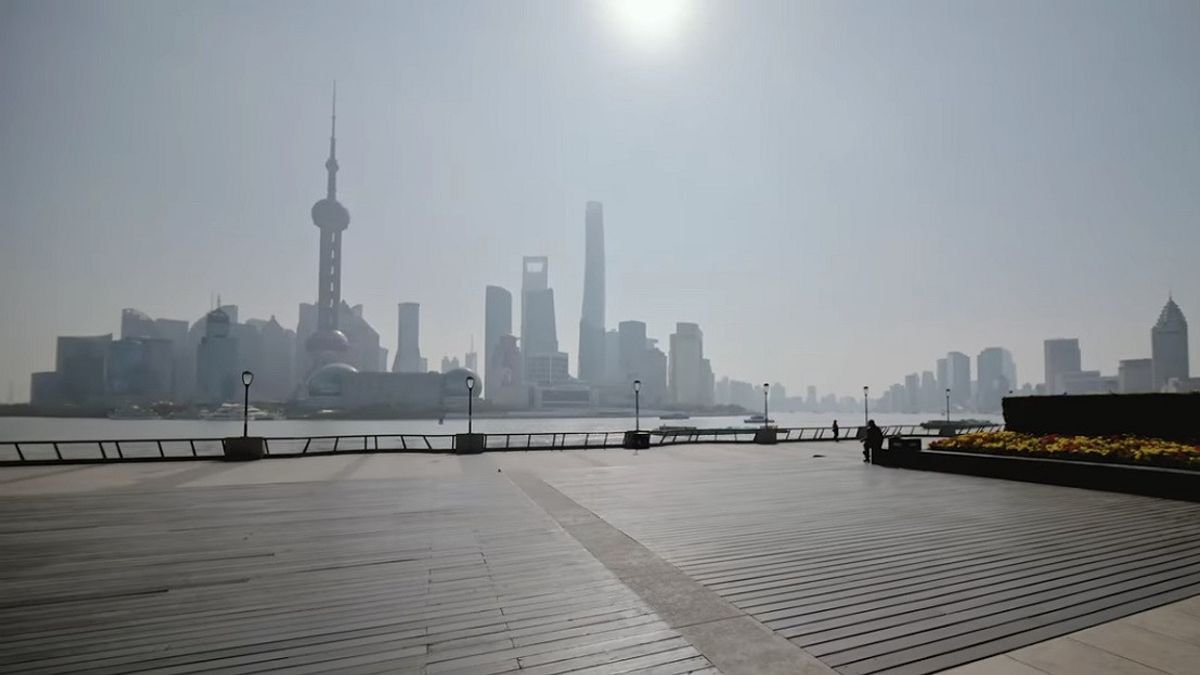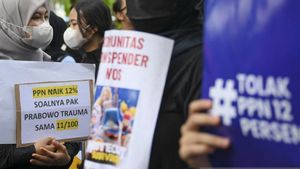JAKARTA - China has succeeded in reducing air pollution almost as much in seven years as the US has in three decades, helping to lower average global smog levels in the process.
The amount of harmful particulates in the air in China fell 40 percent between 2013 and 2020, according to the University of Chicago Energy Policy Institute, which would add about two years to the average life expectancy if maintained.
Even so, while smog over much of the country is still significantly above safe levels, experience shows how quickly progress can be made, researchers including Professor Michael Greenstone said in a report published June 14.
"China's success in reducing pollution is a strong indication of the opportunities that could lie ahead for other countries, if they implement strong pollution policies, as some countries are beginning to do," the researchers said, citing Times June 14.
China's success, led by curbs on car use and burning coal in big cities, has been rapid, with a 40 percent drop in seven years, nearly matching a 44 percent drop in U.S. pollution for 30 years from 1970, following the infamous Clean Air Act.

However, Beijing remains three times more polluted than Los Angeles, the smoky city in the US, and the national average for airborne particulates is six times higher than the WHO recommends.
Separately, in an annual report published last May, Chinese authorities reported that environmental conditions, including air quality in the country continued to improve throughout 2021, the inaugural year of the 14th Five-Year Plan (2021-25) thanks to the country's efforts to beat air pollution in recent years.
However, environmental authorities noted that efforts are still needed to further strengthen these improvements, as problems persist such as urban air quality which is still affected by certain meteorological factors.
A total of 339 cities in China enjoyed an average of 87.5 percent of days with good air quality in 2021, an increase of 0.5 percent from the previous year, according to the China Environment Report 2020 published by the Ministry of Ecology and Environment (MEE), citing Global Times May 26.
Among the main pollutants, PM2.5 densities were found to be at a level of 30 micrograms per cubic meter by 2021, a 9.1 percent year-on-year decline. O3 density has decreased to 137 micrograms per cubic meter, down 0.7 percent from 2020 levels, according to the report.
Cities in the Beijing-Hebei-Tianjin region of North China experienced 67.2 percent of days of good air quality in 2021, while in Beijing the percentage was 78.9, 2.1 percent higher than the previous year.

Carbon emissions per 10.000 yuan of GDP also fell 3.8 percent from 2020 levels, according to the report.
"The achievements we have made must continue to be strengthened because there are still some problems," said Jiang Huohua, head of the Ecological and Environmental Monitoring Department at MEE at a press conference.
"For example, urban air quality still cannot eliminate the effects of meteorological factors," he continued.
According to the report, the average temperature in China will be 10.53 C in 2021, 1 C higher than the average, and the highest since 1951. Meanwhile, the country's average rainfall is 672.1 mm, 6.7 percent higher than usual.
Without China's decline, the world would see average pollution levels increase since 2013 instead of falling, the researchers said. That's because of deteriorating air quality in industrialized countries in South and Southeast Asia and Central Africa.
SEE ALSO:
It is known that about 97 percent of the world's population lives in areas where air quality is typically worse than World Health Organization (WHO) guidelines, according to researchers. Smog reduces global life expectancy more than smoking, alcohol or poor sanitation, they say.
Even in the US and Europe, which have battled pollution for decades and accounted for just 4.1 percent of the global health burden from particulate air, more than 90% of people live in areas that do not meet the WHO's tightened guidelines.
The English, Chinese, Japanese, Arabic, and French versions are automatically generated by the AI. So there may still be inaccuracies in translating, please always see Indonesian as our main language. (system supported by DigitalSiber.id)


















